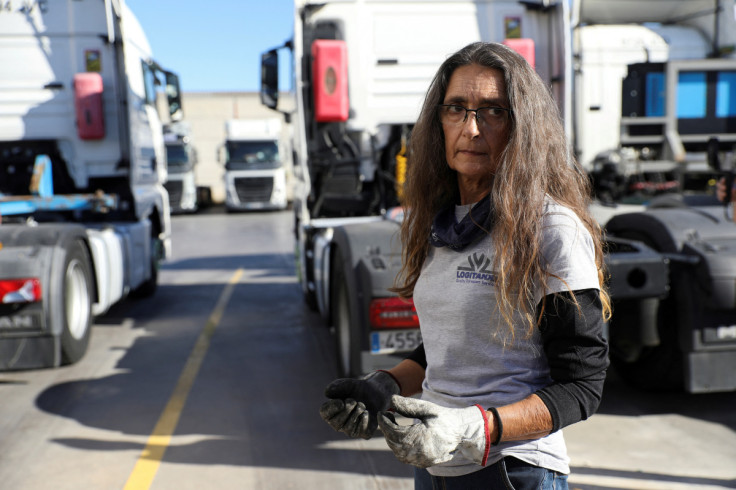Spain To Recruit Moroccan Truck Drivers To Fill Labour Shortages

Spain will train and employ a group of Moroccan truck drivers as a way to channel migration into Europe's transport sector affected by an acute labour shortage, a senior Spanish government source told Reuters during a summit in Rabat.
Major Western economies, including Spain, have suffered from such shortages in the last two years, leading to supply problems and bottlenecks. Europe needed around 400,000 truck drivers, according to the European Road Hauliers Association figures released in 2021.
The pilot programme, for which the number of truckers has yet to be determined, is one of the first to apply Spain's new migration regulations that allow for more flexible hiring of foreigners in their countries of origin to fill technical vacancies or allow them to get visas to study.
Spain aims to regularise migration, following the example of Germany.
The chosen drivers, who may be lorry or bus drivers, will have already begun their training in Morocco and will complete it in Spain, getting a work contract for at least a year, the source said, adding that the aim was to pick men and women.
Irregular migration is one of the main areas of friction with Morocco, and Madrid wants to alleviate the problem by recruiting Moroccan nationals in their home country as the neighbouring countries seek to improve their tense relationship.
For years, Spain and Morocco have maintained a programme of 'circular migration' whereby thousands of Moroccan workers come to work in Spanish agriculture, but once the season is over they return to their homes.
Although Spain's unemployment is high by European standards, at 12.87%, the COVID-19 pandemic encouraged more workers to enter the formal economy. As a result, formal employment has reached a record high and Spain's GDP is about to meet pre-pandemic levels.
© Copyright Thomson Reuters 2025. All rights reserved.





















